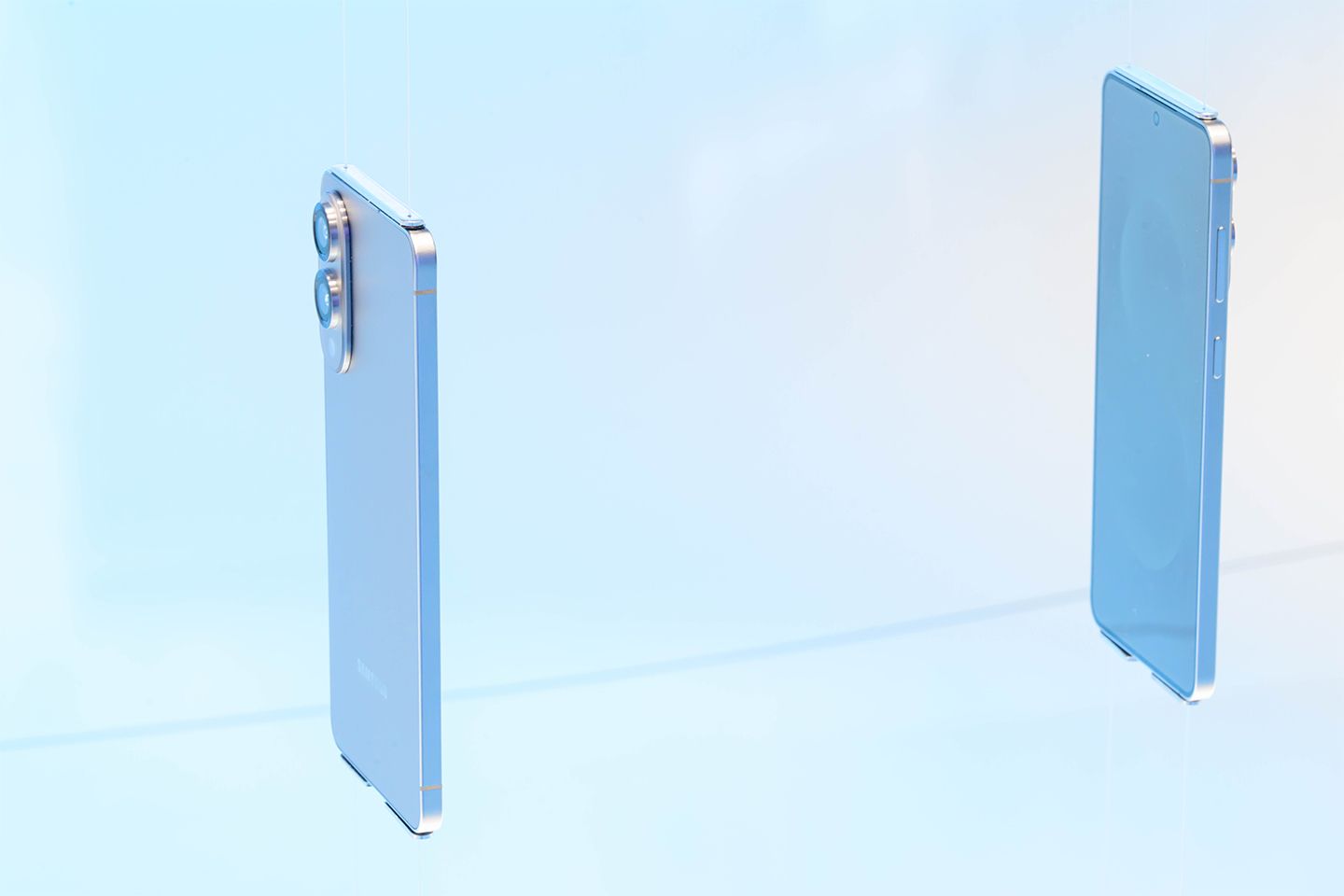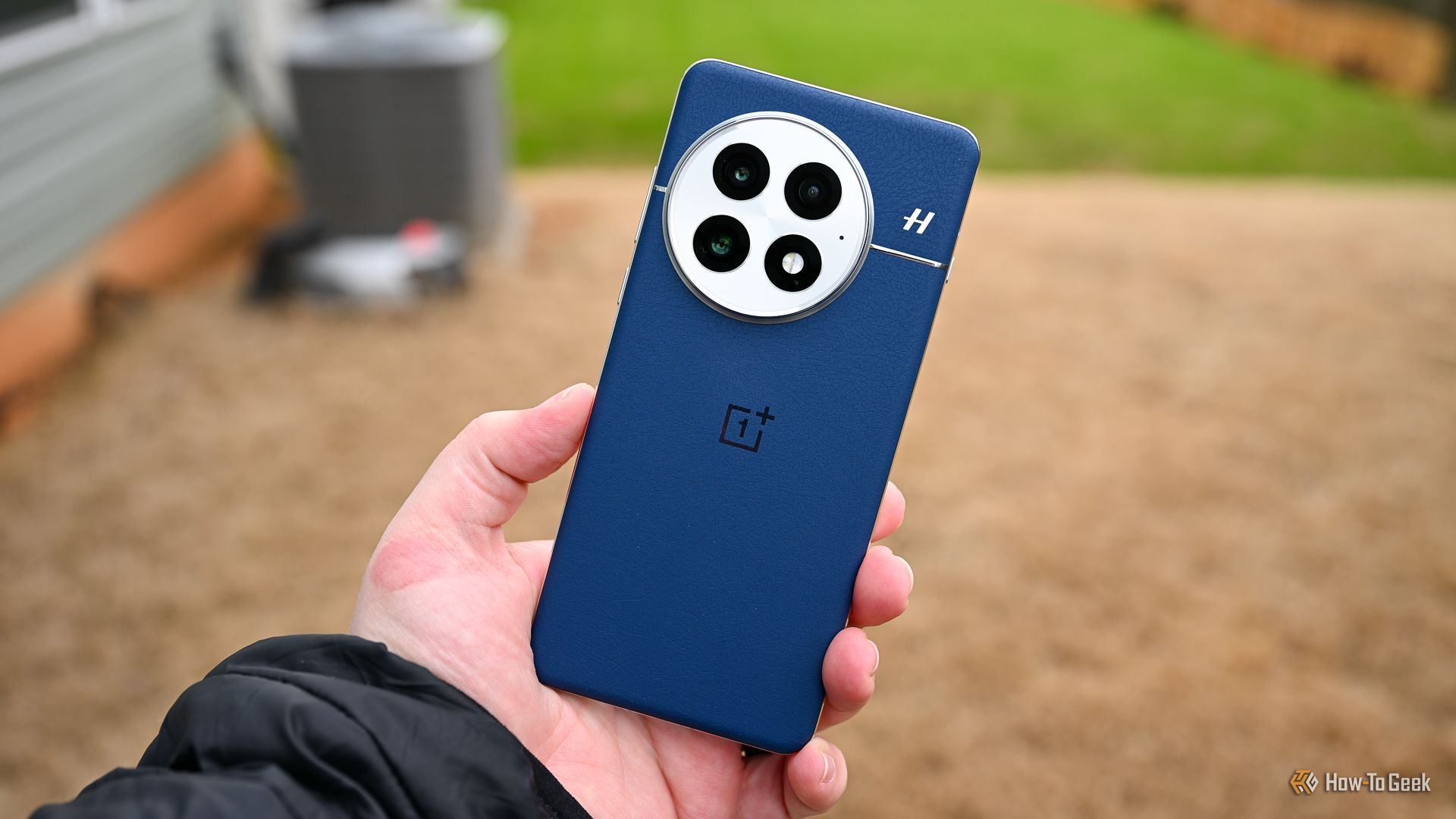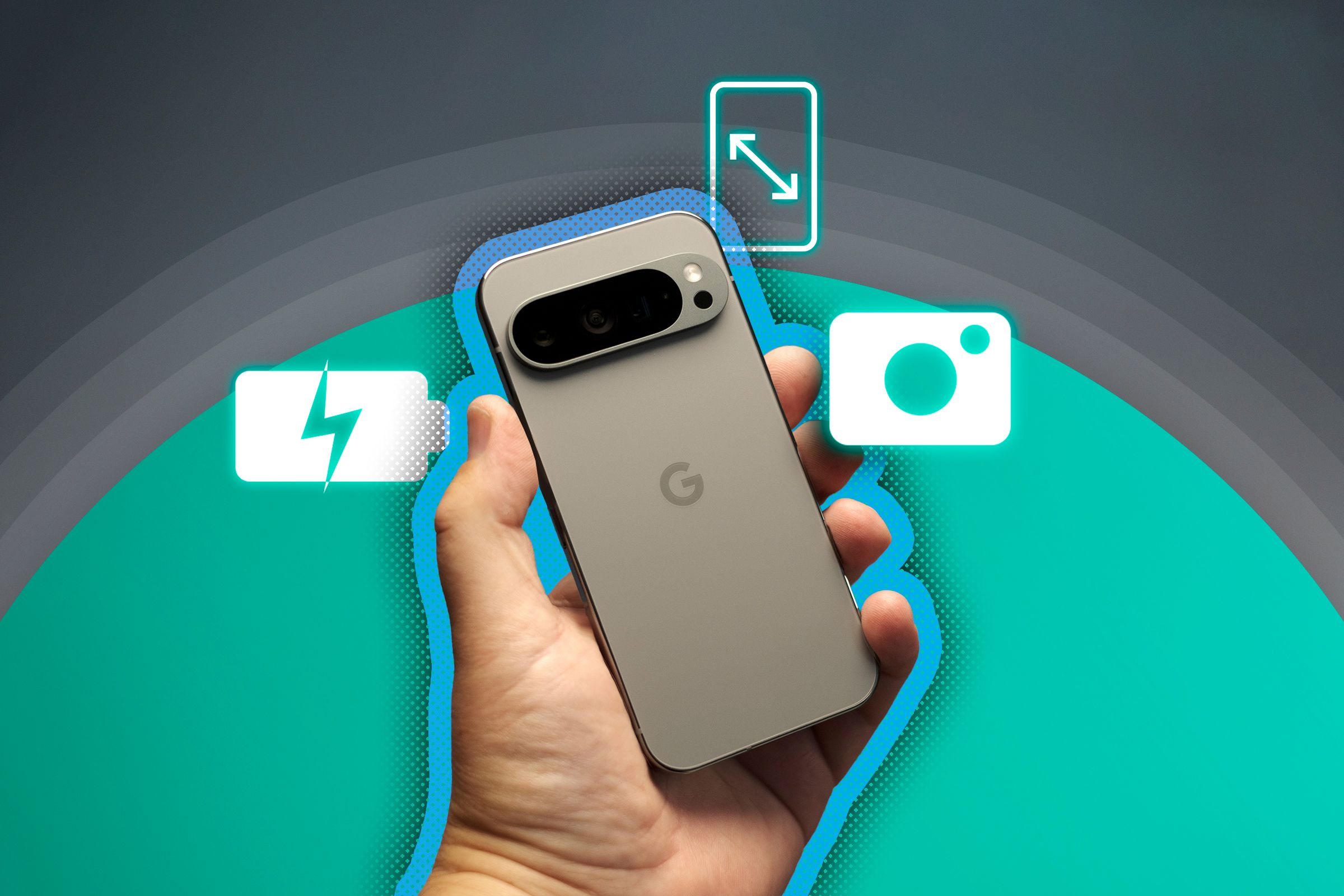Rumors suggest that Samsung and Apple are preparing to launch their thinnest phones yet this year, the Galaxy S25 Edge and the iPhone 17 Air, respectively. A lot of fans are understandably concerned about the compromises that come with the new design, but there are a few reasons why you might still want to consider buying an ultra-slim phone.
Thinner, But at What Cost?
Right off the bat, these devices are not going to be cheap. Making their phones thinner means both companies will have to build custom parts and revise their manufacturing processes. This significantly increases costs, which will be passed down to you.
Pricing can always change at the last minute, but credible leaks suggest that the iPhone 17 Air will cost the same as the $899 iPhone Plus model and might even replace it altogether, while the S25 Edge might sit somewhere between the S25 Ultra and the S25+.
Even more concerning than the price, however, is the reduced battery life. The vast majority of people would rather use a slightly thicker phone if it meant having a noticeably larger battery. This was made abundantly clear to us in 2021 when Apple greatly improved the battery life of the iPhone 13 and 13 Pro lineup by making the devices a bit thicker.
That’s not the direction we’re headed this time, though.
We don’t know the battery capacity of the iPhone 17 Air yet, but a leaked certification confirms that the S25 Edge is going to house a 3900mAh cell. This is less than the capacity of the base S25, which is a much smaller phone in comparison. That means not only is the former’s battery smaller, but it also has to power a much bigger display, which is almost the same size as that of the S25+.
A phone being thinner doesn’t necessarily have to mean bad battery life. If both companies wanted to, they could’ve used new silicon-carbon batteries, which are more energy-dense and can therefore pack more power in the same footprint. Several phones already use this tech, including the OnePlus 13 and the Vivo X200 Pro, which have managed to reach 6000mAh.
Using silicon carbon would offset the loss in battery capacity caused by the thinner form factor. But I suppose Apple and Samsung are not ready to implement the new tech just yet out of caution, which I guess is fair because I wouldn’t want my phone to pull a Galaxy Note 7 on me, but it does make their phones less competitive for now. But even if they did implement it, wouldn’t you rather still keep the same thickness and get even better battery life?
Another thing worth highlighting is how both the S25 Edge and the iPhone 17 Air sacrifice a camera lens. The former skips a telephoto, and the latter skips an ultra-wide lens, which means the iPhone 17 Air will have a single main camera.
Let me make that perfectly clear: Apple wants you to spend close to a thousand dollars on a phone with a single rear camera in 2025. No doubt, this rear main camera will be just as good as the one on the iPhone 17 Pro Max, but an ultra-wide camera is very practical, and losing that functionality is going to upset a lot of people.
Also, these ultra-slim phones might not be as loud and have as good haptic feedback as their regular counterparts because there’s not enough room in their chassis to fit similarly-sized speakers and vibration motors.
Similarly, the absence of large vapor chambers and heat sinks can lead to worse heat dissipation, which might affect performance. This is one of the reasons gaming phones tend to be on the chunkier side; having a larger frame allows for better thermal management, so the heat generated from the chip can be spread evenly throughout the device.
The Infamous iPhone Bendgate
It’s not just specs that suffer when you make a slab slimmer, it’s also its structural integrity. Apple learned this the hard way in 2014 with the iPhone 6 and 6 Plus. In an attempt to make the thinnest iPhones ever, Apple prioritized form over function and largely overlooked the bending it knew the devices were susceptible to.
As the devices reached consumers, sure enough, people began noticing their brand-new iPhones bending in the middle where the thin unibody aluminum frame is the most vulnerable. Despite this, Apple managed to sell 220+ million units of the iPhone 6 and 6 Plus, and it remains the best-selling iPhone series to this day.
Of course, plenty of phones other than iPhones have had their own Bendgate moment, but because Apple has such a massive following, people expected its devices to be stronger.
The part that’s nerve-racking about all this is that the iPhone 6 and 6 Plus had a thickness of 6.9mm and 7.1mm respectively. The iPhone 17 Air is rumored to be just 5.5mm and the S25 Edge slightly thicker at 5.8mm. Clearly, the stakes are much higher now.
Keep in mind that these figures don’t include the thickness of the camera bump. Reliable leaker Ice Universe claims the camera bump of the iPhone 17 Air will measure 4mm, which is substantial given the thickness of the rest of the device. This is because making the camera module more slender isn’t nearly as easy as doing so for other components, as a smaller image sensor worsens image quality.
I do also feel that the camera bump being so disproportionately big can result in the phone feeling unbalanced because the center of gravity would be further away from your hand. This does increase the chance of the phone tipping over, leading to accidental drops.

Related
So, What’s Different This Time?
It’s been a decade since the iPhone Bendgate, and both companies are more than aware that as soon as their devices are released, reviewers are going to test them. No publication wants to miss out on the chance to write #BendgateReturns in their headline.
As fun as it would be to write that article, I’d rather not imagine the PR nightmare that will ensue for Apple and Samsung if these phones don’t survive the bend test.
Fortunately, we do have a reason to be hopeful this time. The risks are still present, but they are mitigated by the fact that both companies are reportedly using titanium to reinforce their phones. Titanium has one of the highest strength-to-weight ratios of any metal, and on an ultra-slim device, that’s exactly what you need.
Of course, there are more ways you can damage your phone than bending it. The front and the back glass can shatter, for example, but that issue is not exclusive to ultra-slim phones, since even regular $1000 flagships get their fair share of screen replacement orders.
Why You Might Want a Slimmer Phone
We’ve made a pretty strong case for why you shouldn’t buy an ultra-slim phone, but there are quite a few reasons why you might still want one. The most obvious advantage of such a form factor is its lightweight appeal.
Credible leaks suggest the S25 Edge will weigh 162 grams, identical to the base S25. This is great news, especially for people with smaller hands, because wanting a bigger screen shouldn’t come with the caveat of having to arm wrestle with your phone. We don’t know the weight of the iPhone 17 Air yet, but it could be a bit heavier than the S25 Edge because it’s rumored to sport a bigger 6.9-inch display.
For reference, the S25 Ultra and the iPhone 16 Pro Max weigh 218 grams and 227 grams respectively, and start to feel tiring in the hand after only a few minutes of use, especially when you’re holding your phone in awkward positions while using it in bed. So a lighter phone is a welcome addition for sure.
A lot of people, including myself, like smaller phones because of their lightweight design and how easy it is to use them with one hand, but most people prefer a bigger screen. Period. This is why Apple scrapped the iPhone Mini lineup and replaced it with the Plus lineup.
Even if those who did buy the iPhone 12 Mini and 13 Mini absolutely loved them, there’s not enough demand for phones that small to justify their existence from a business standpoint.
People usually associate bigger screens with more value, and it makes perfect sense because a larger display is more immersive, better for multitasking, and preferable for gaming as it gives you more surface area for in-game controls. An ultra-slim phone gives you that unique combo of a bigger screen without having to bear all the extra weight.
Also, because these phones are so thin, they cancel out the thickness added by a case. That means, even with the case on, the phone will not feel bulky in your pocket or make an ugly bulge. This is especially helpful if you use a rugged case or a leather folio case as they tend to be much thicker and heavier, making your phone a bit unwieldy.
If you use a silicone or TPU case, manufacturers can design their cases to match the protrusion of the camera bump, so your phone doesn’t wobble when put on a flat surface.
There’s a lot to look forward to, and as nervous as I am about the durability of these new ultra-slim phones, I’m also very curious to see how well they are received by consumers. It’s not every day that tech giants like Apple and Samsung take such bold risks, so I appreciate the new design even though I personally wouldn’t buy either of the two phones.
It’ll be interesting to see how both companies justify the exorbitant prices of these new devices given all the compromises they come with. The benefits they offer are very real, and if the new design isn’t a total commercial failure, we might see the problems associated with it be addressed within a few generations.








